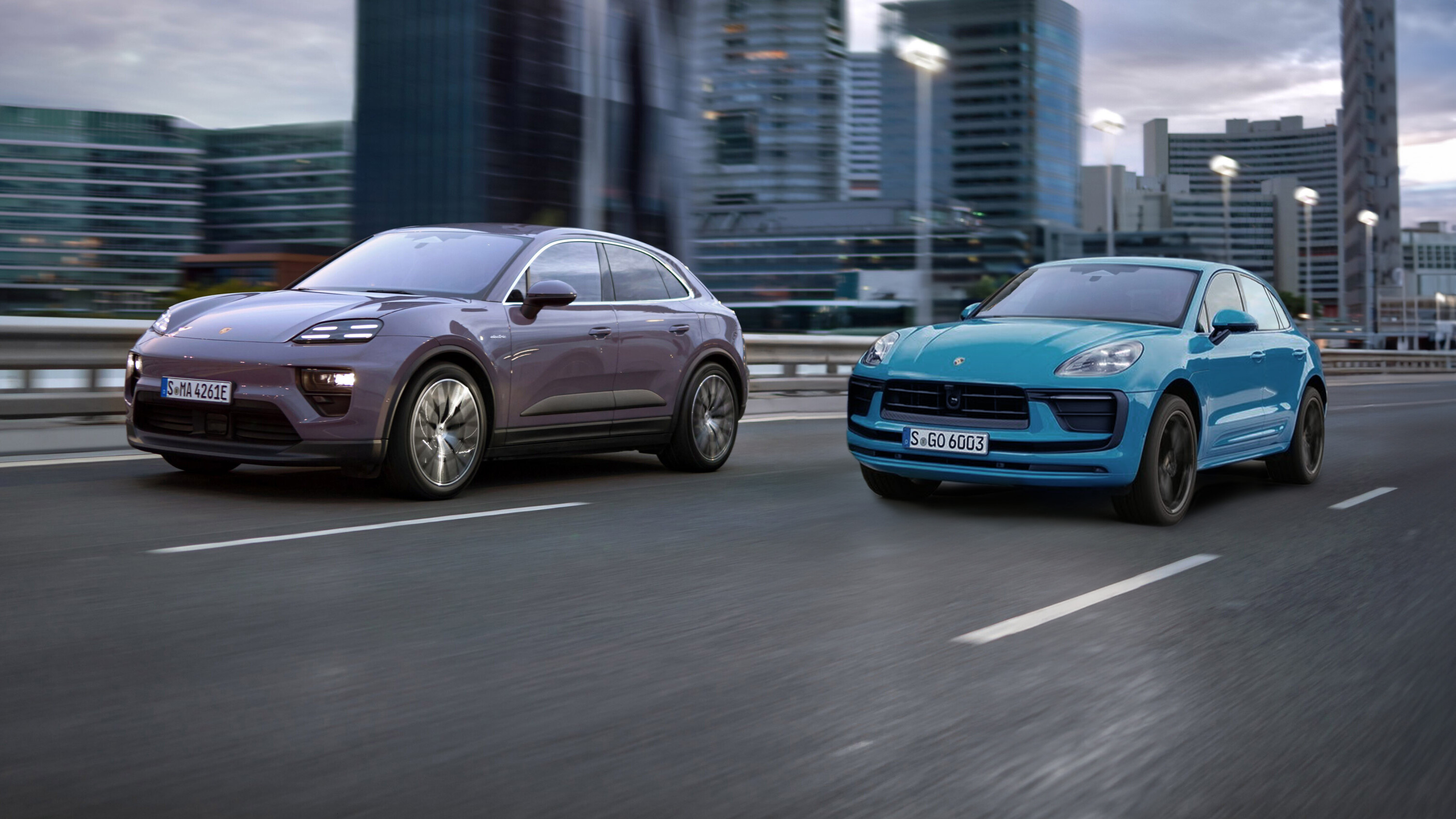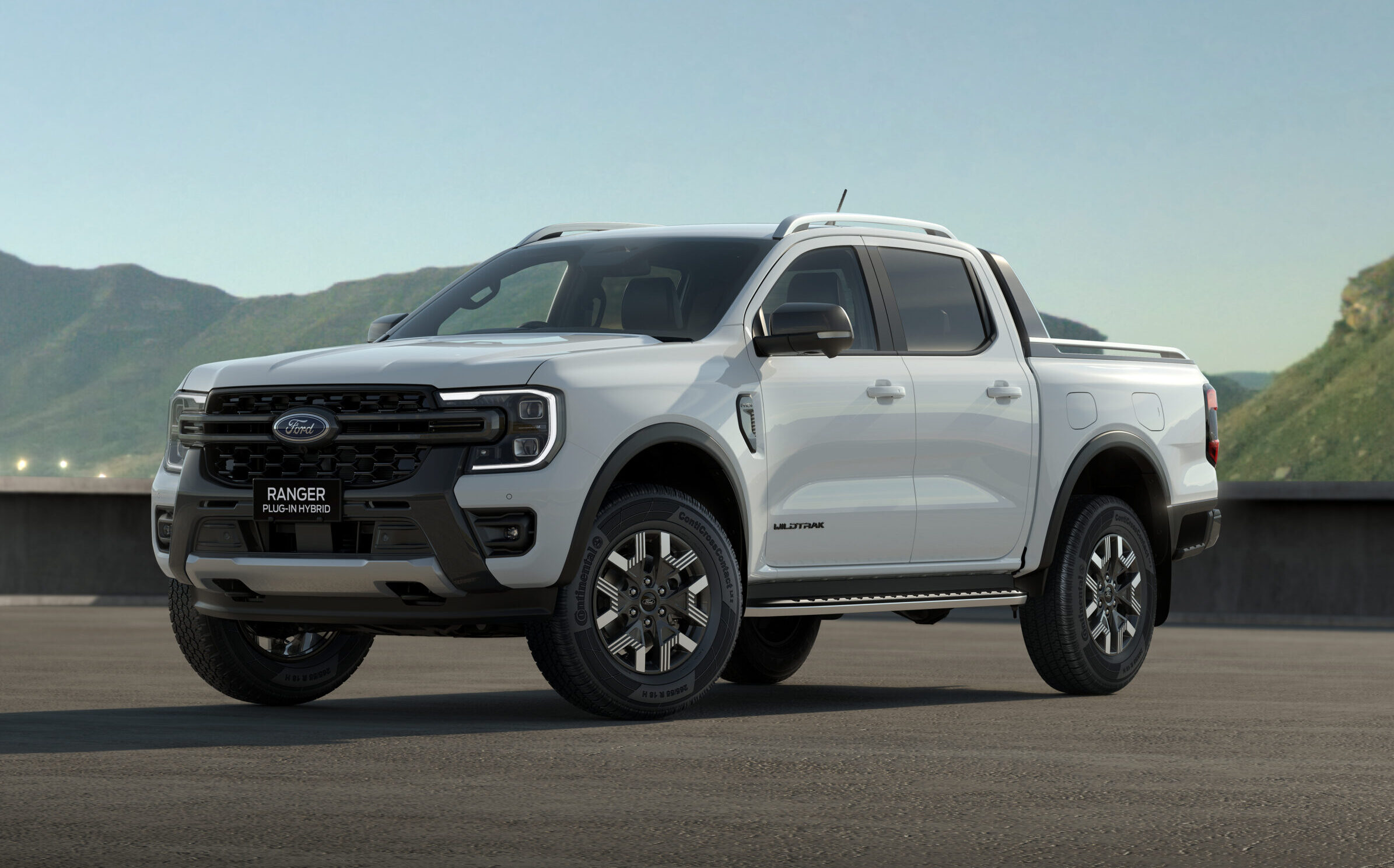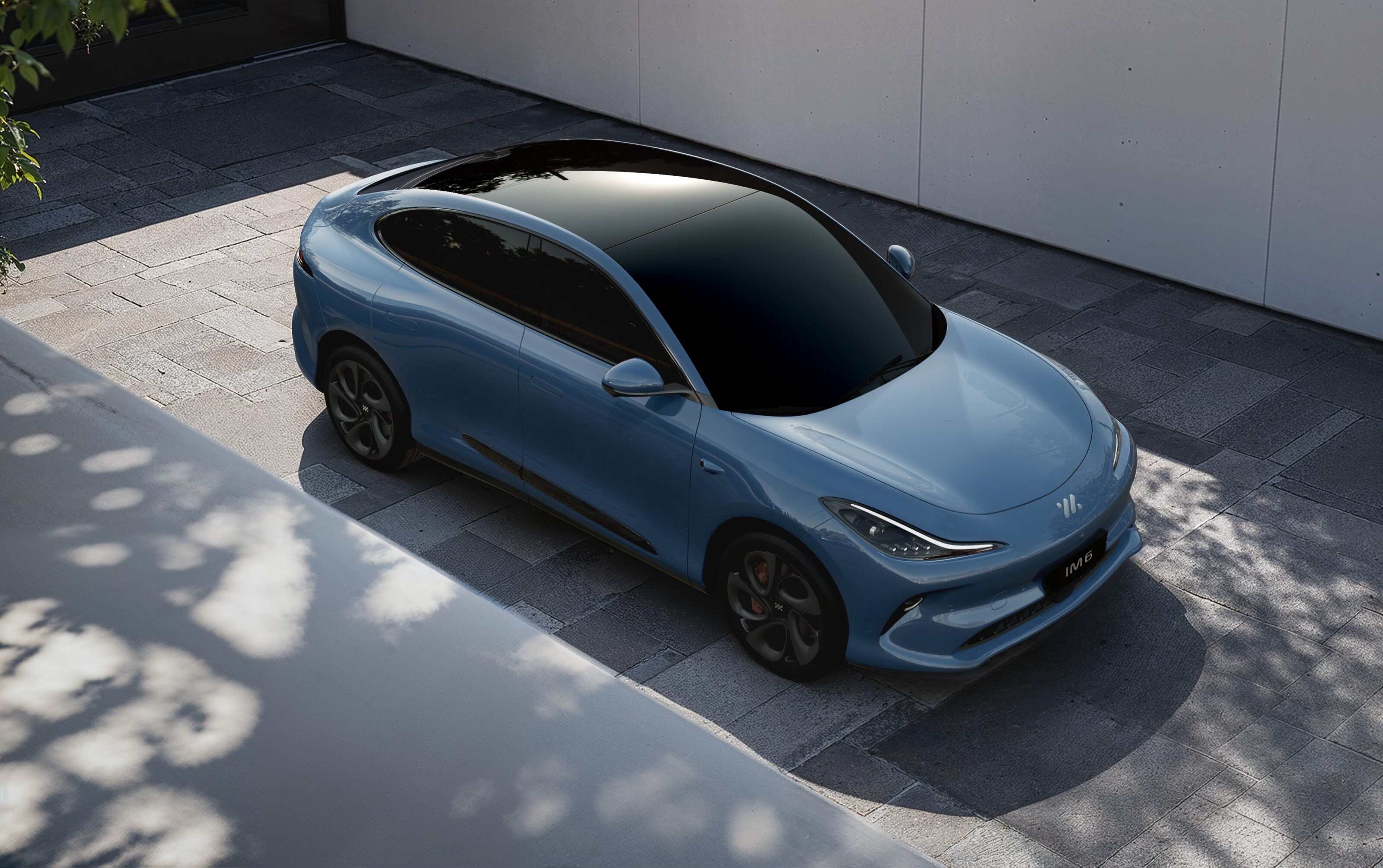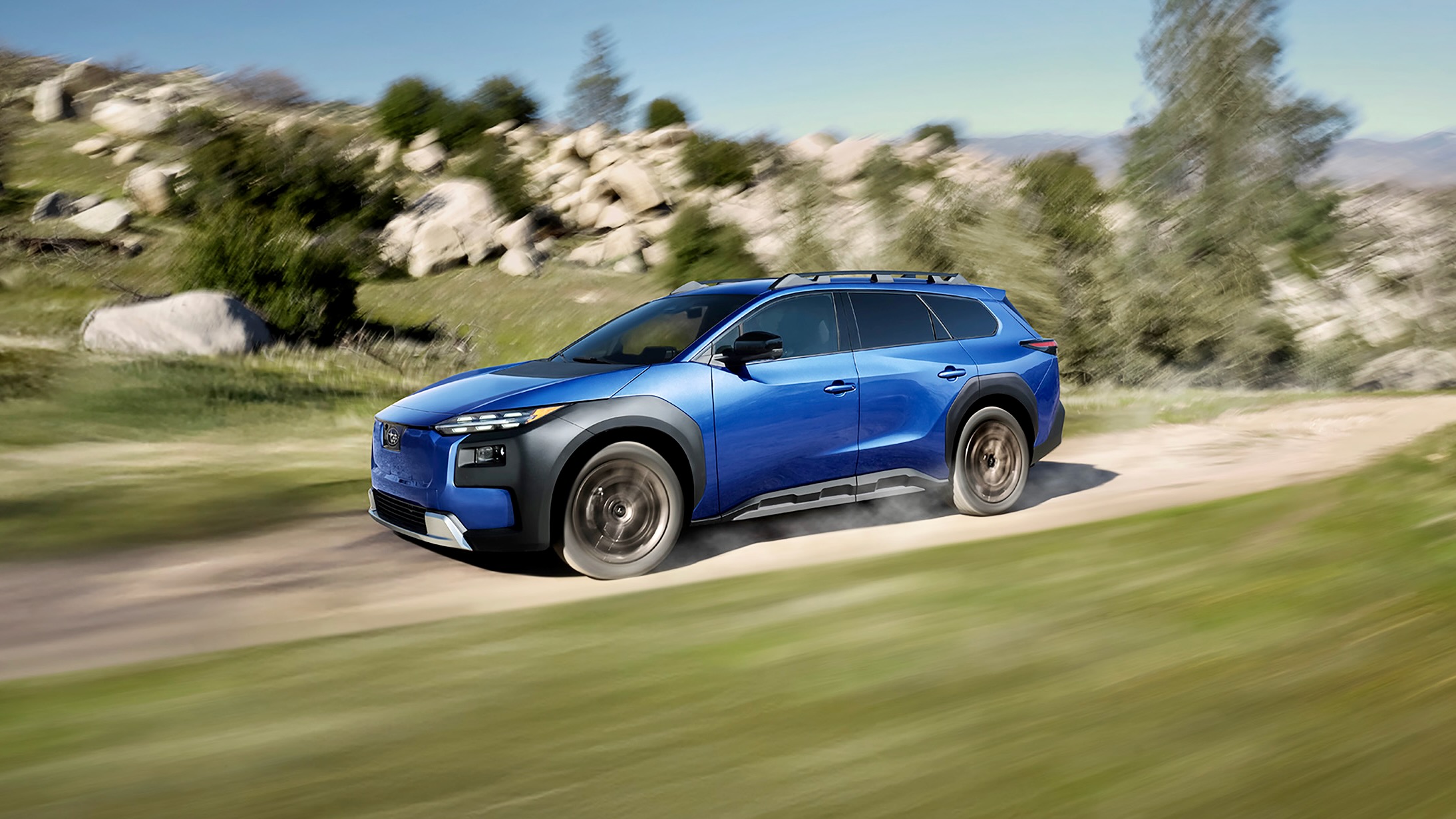Porsche has taken a bold step with the 2024 Macan, making its strong-selling medium SUV electric only and upping the price by the best part of $40k.
But Porsche hasn’t exactly short-changed Macan owners, the new entry-level Macan 4 is only 24kW shy of the old GTS range-topper, and its 0-100km/h sprint is a brisk 5.2 seconds.
There’s also a bigger footprint – which should mean more cabin space – and it’s capable of charging faster than the expensive Taycan.
For current owners, is the new Macan worth a look? Read on to find out exactly how the new 2024 electric Macan compares to its ’95B’ predecessor.
JUMP AHEAD
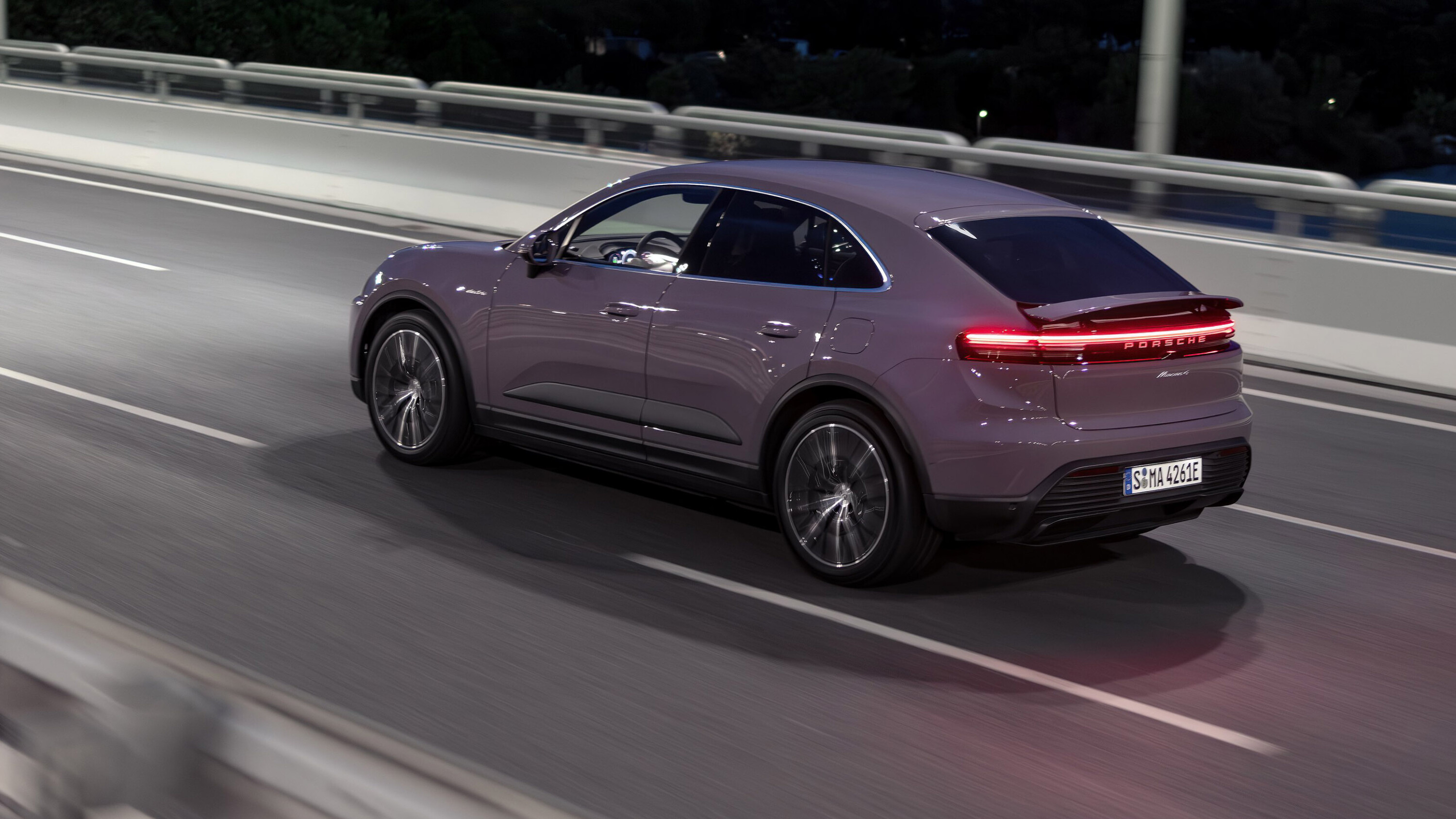
Dimensions & boot space
As you’d expect from a new-gen vehicle, the Macan has expanded – though not entirely proportionally.
Exterior dimensions have all grown in a linear fashion, to 4784mm long, 1938mm wide and 1622mm tall. But the single largest increase for the new Macan is its 86mm longer wheelbase – this certainly bodes well for rear seat occupant comfort.
It hasn’t hurt cargo space, either, the new Macan’s boot is bigger and it even packs a ‘frunk’ under the bonnet with 84L of space.
| Dimensions and boot space | ||
|---|---|---|
| Specifications | New Macan | Macan (95B) |
| Length | 4784 mm | 4726 mm |
| Width | 1938 mm | 1927 mm |
| Height | 1622 mm | 1606 mm |
| Wheelbase | 2893 mm | 2807 mm |
| Cargo | 540L + 84L frunk | 453 L |
| Weight | TBC (est. 2200kg) | 1960 kg |
Powertrain and performance
The other expected improvement for a new model is increased outputs and faster acceleration with all-wheel drive maintained.
Porsche has taken this a rather long way, though, with more than twice the torque of the twin-turbo Macan GTS in the new 1130Nm Macan Turbo. Power is up by 45 per cent (in overboost mode) for a one-second faster 0-100km/h sprint.
| Range and performance | ||
|---|---|---|
| Specification | Macan Turbo | Macan GTS (95B) |
| Power | 470 kW | 324 kW |
| Torque | 1130 Nm | 550 Nm |
| E-motor / engine | 1x front axle, 1x rear axle | 2.9 TTV6 |
| 0-100km/h claim | 3.3 seconds | 4.3 seconds |
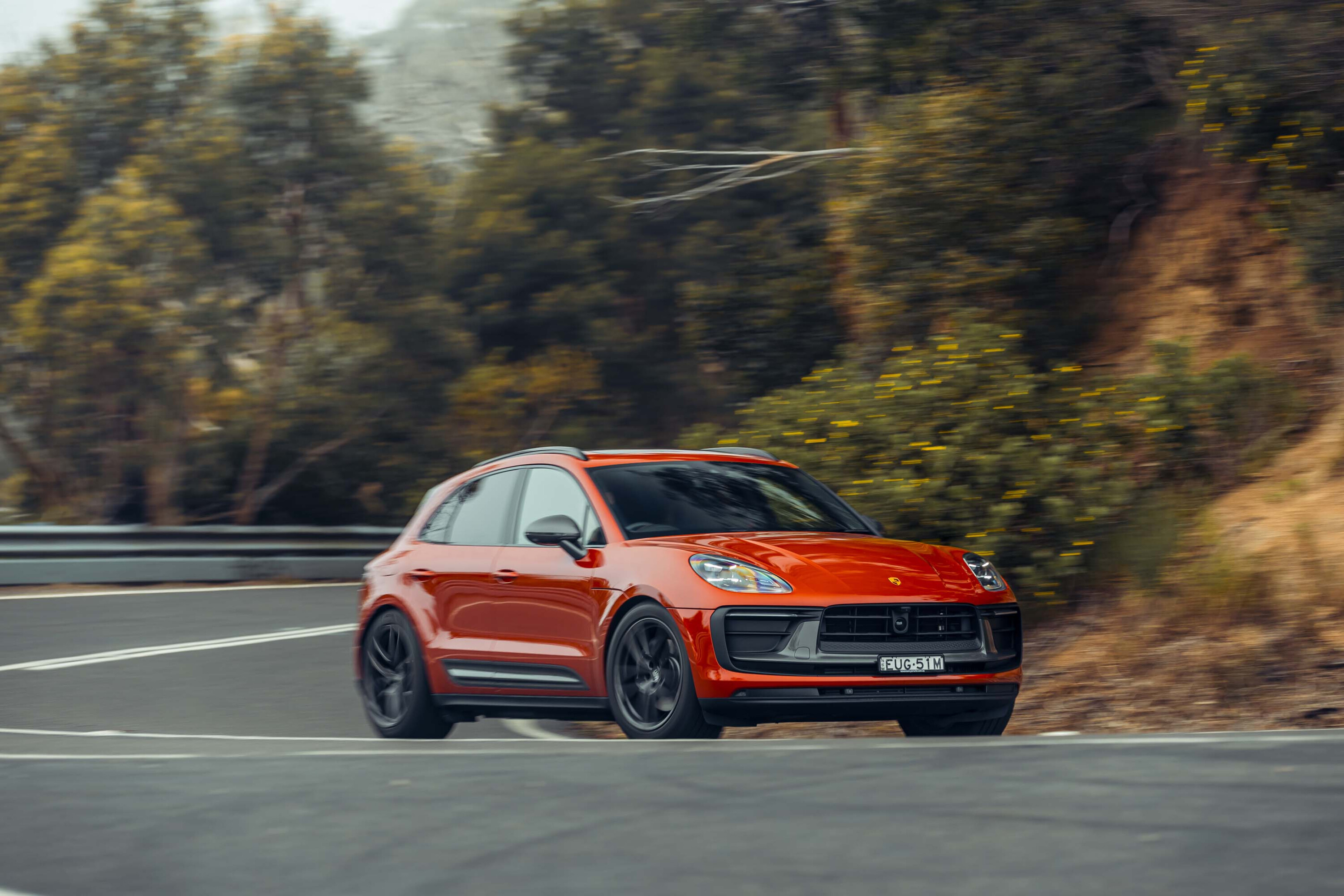
The entry-grade Macan 4 benefits from similar improvements, its torque climbing from 400Nm to 650Nm and power to 300kW chopping the ‘base’ Macan’s standard sprint time by 1.2 seconds
| Range and performance | ||
|---|---|---|
| Specification | Macan 4 | Macan (95B) |
| Power | 300 kW | 195 kW |
| Torque | 650 Nm | 400 Nm |
| E-motor / engine | 1x front axle, 1x rear axle | 2.0T I4 |
| 0-100km/h claim | 5.2 seconds | 6.4 seconds |
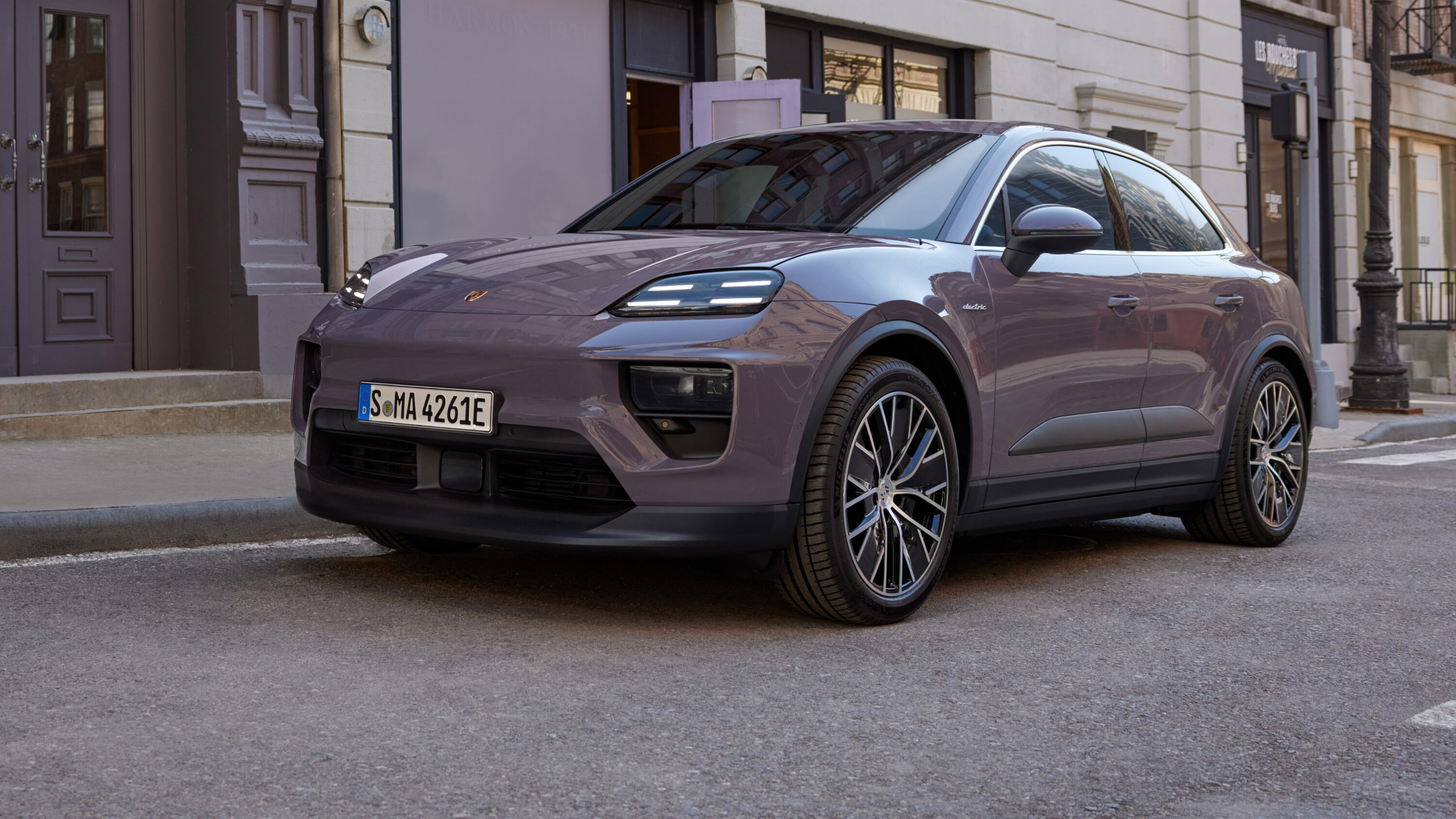
In addition to higher power and faster acceleration, Porsche’s new Premium Platform Electric (PPE) underpinnings give the new Macan some other advantages, too.
The new car will be offered with rear-wheel steer and twin-valve adaptive dampers for the first time (tech shared with the larger Cayenne), while Porsche’s refined active adaptive air suspension (PASM) is standard in the Turbo and optional on the Macan 4.
If any of the terms in this section have left you scratching your head, these articles will help bring you up to speed!
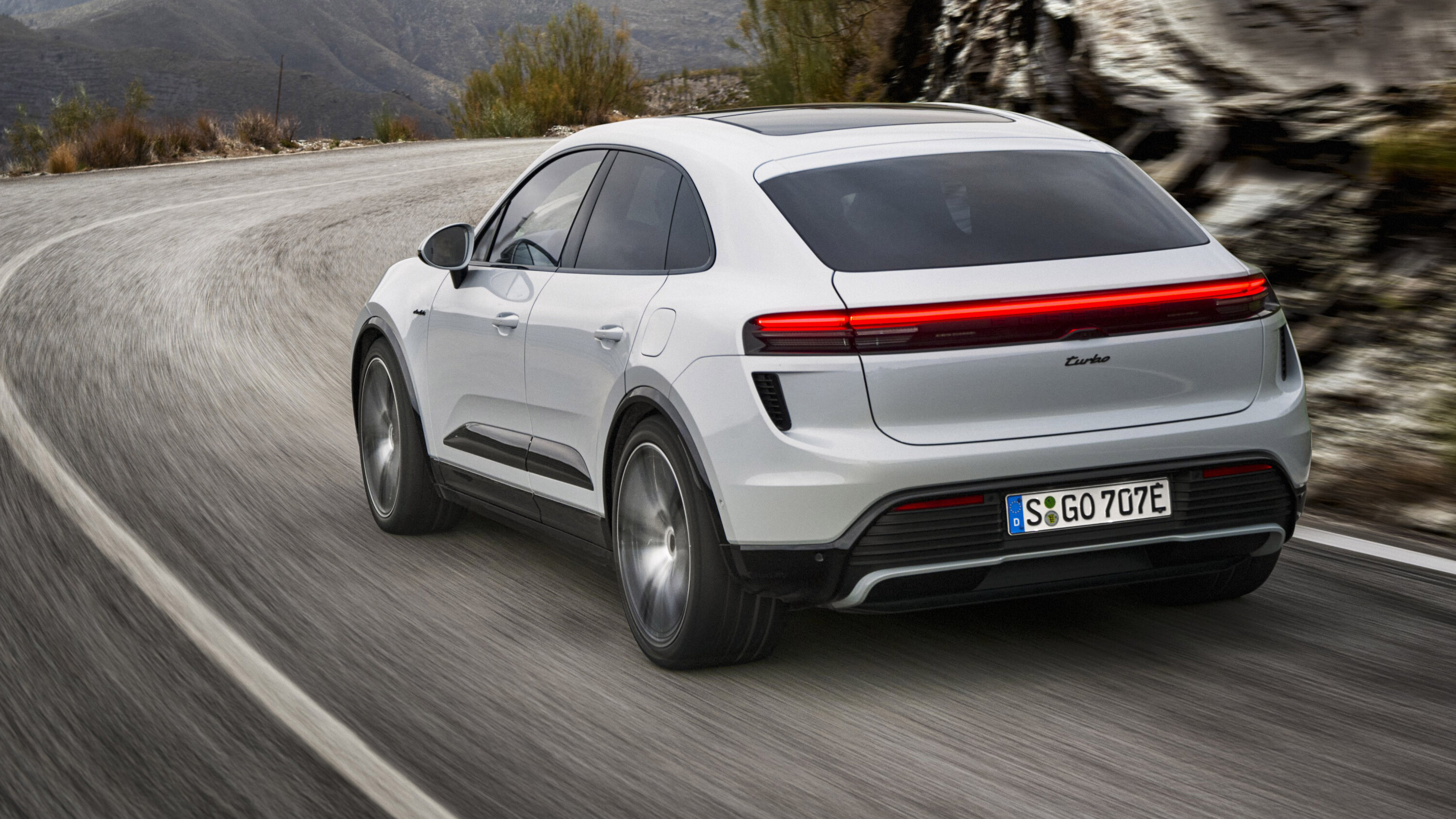
- What is a Powertrain or Drivetrain?
- Power vs torque
- Car suspension explained
- Automatic transmissions (‘gearboxes’) explained
- Chassis control systems explained
- Car vs Ute vs SUV: How the vehicle you buy should guide the way you drive
- What is the WLTP emissions and range test?
Comparing new and old Macan’s electricals doesn’t make much sense, but the Taycan gives a good idea of how Porsche’s improved its technology.
Like the Taycan’s ‘J1’ platform, the Macan’s PPE boasts 800-volt electrics and peak 270kW DC charge speed, but the refinements are clear. Despite its bigger 96kWh gross battery, the new Macan charges from 10-80 per cent faster than the Taycan.
An official WLTP driving range figure hasn’t been released for the Macan yet, so we can only speculate what the larger battery and active aerodynamics will achieve for its efficiency.
The Taycan’s 452km figure isn’t hugely impressive; to compete with long-range (and more affordable) vehicles the Macan will need to be able to travel at least 500km – preferably 600km – from a single charge.
| Range and charging | ||
|---|---|---|
| Specification | Macan | Taycan |
| Battery size | 100 kWh (96kWh usable) | 93.4 kWh (83.7 kWh) |
| Listed peak DC rate | 270 kW | 270 kW |
| DC / 10-80% | 21 minues | 22 minutes 30 seconds |
| Driving range | 500-600 km (Whichcar est) | 452km (WLTP) |
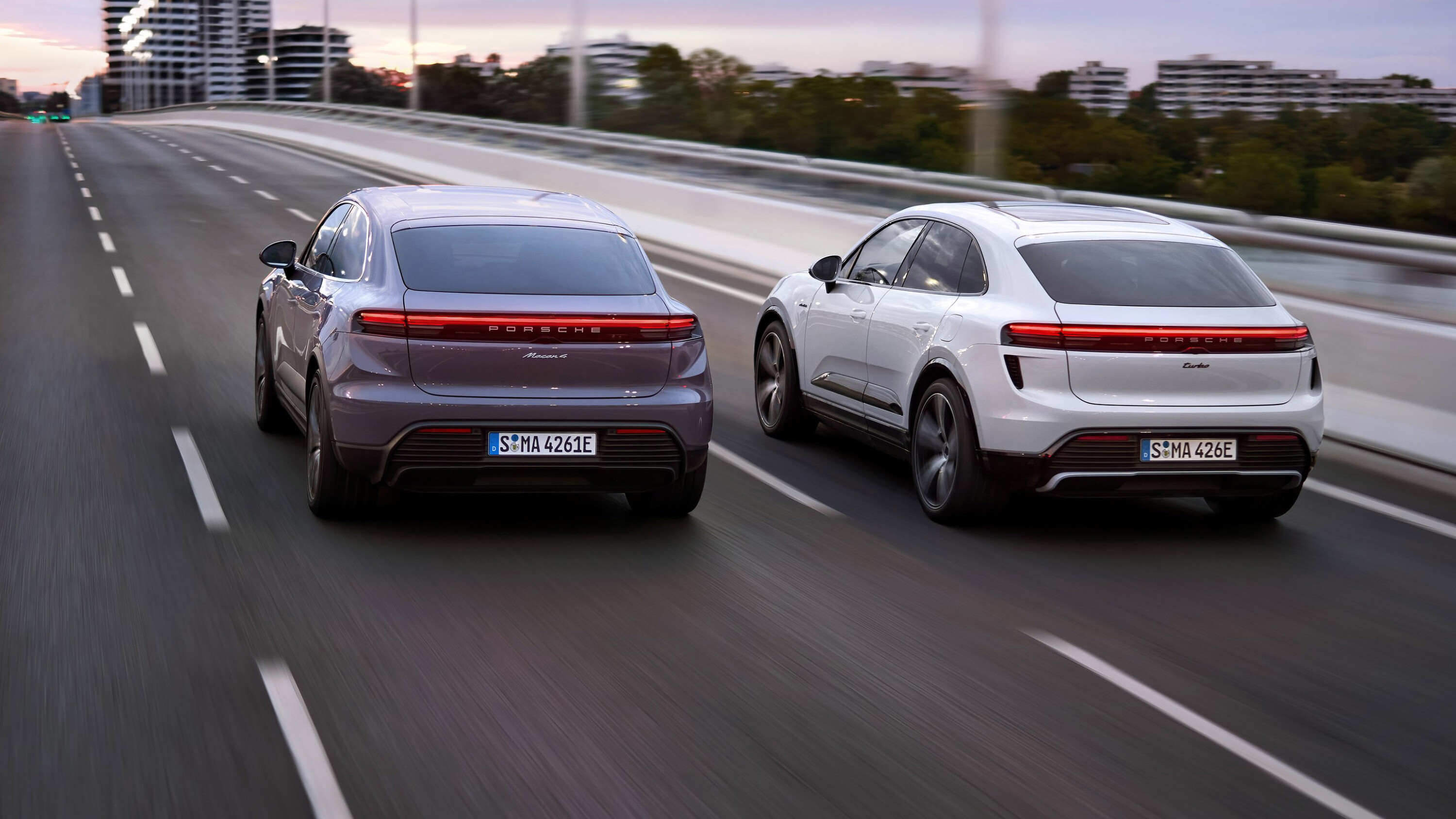
Interior and cabin design
Porsche knows not to mess with a good thing – especially the ergonomic excellence of its timeless interiors.
The new Macan borrows some of its technology (thankfully not the digital vent controls) from the Taycan, such as the 12.6-inch curved digital driver’s display and 10.9-inch touchscreen.
The digi dials replace the current Macan’s analogue gauges, and there’s a separate digital panel with physical toggles for controlling the new car’s HVAC system.

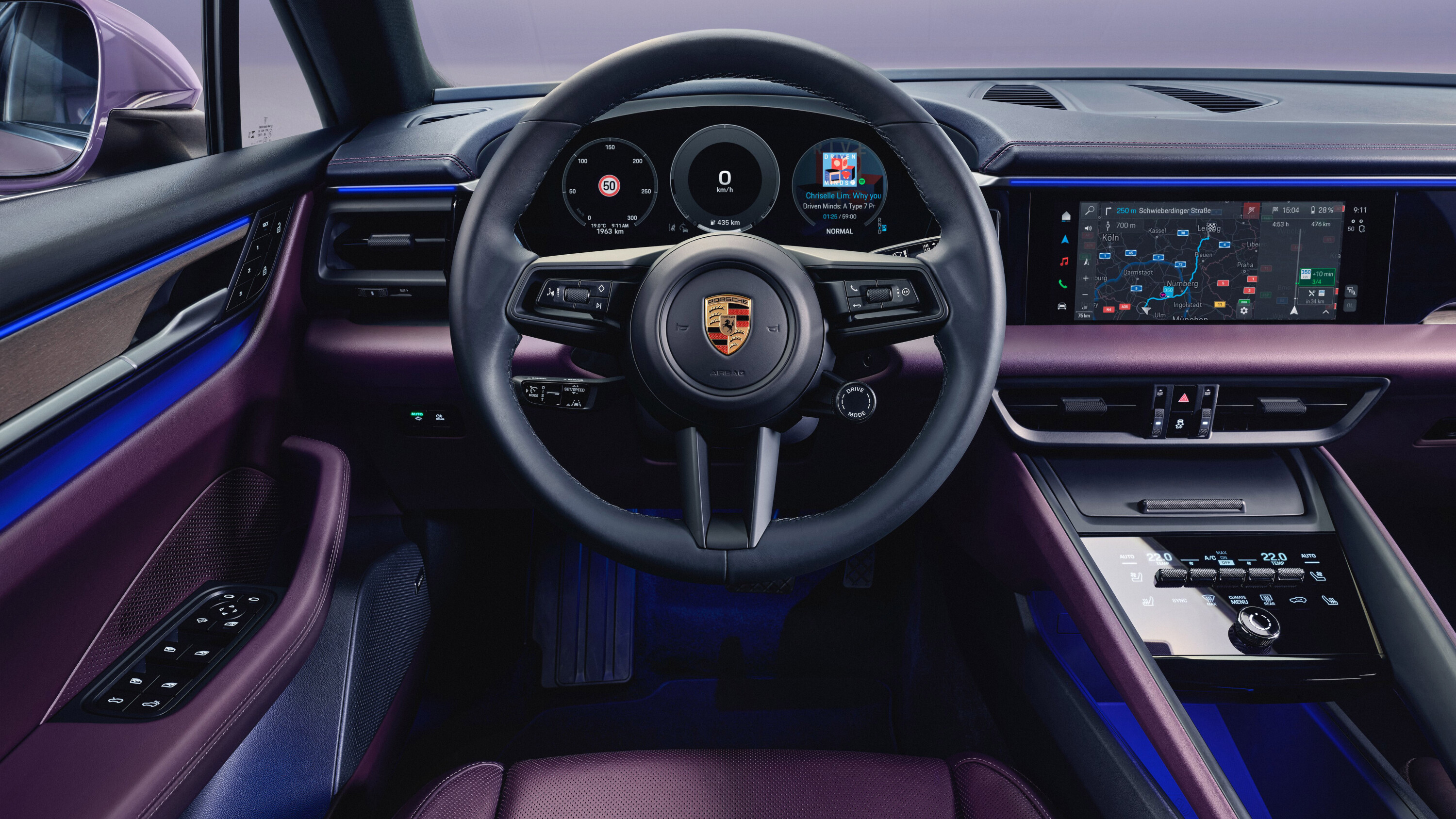
Thankfully, the near-perfect circular steering wheel with physical controls and drive mode dial remains.
Also evident is a commitment to customisation in the new car – the paint-matched purple upholstery with contrast blue ambient lighting is a bold choice, and there will naturally be more subdued options, such as the two-tone cream and black option seen in the Macan Turbo.
Porsche has not confirmed precise figures for head and leg room, but we know the new taller Macan’s front seats are set 28mm lower, and the rears 15mm lower, than the outgoing car.

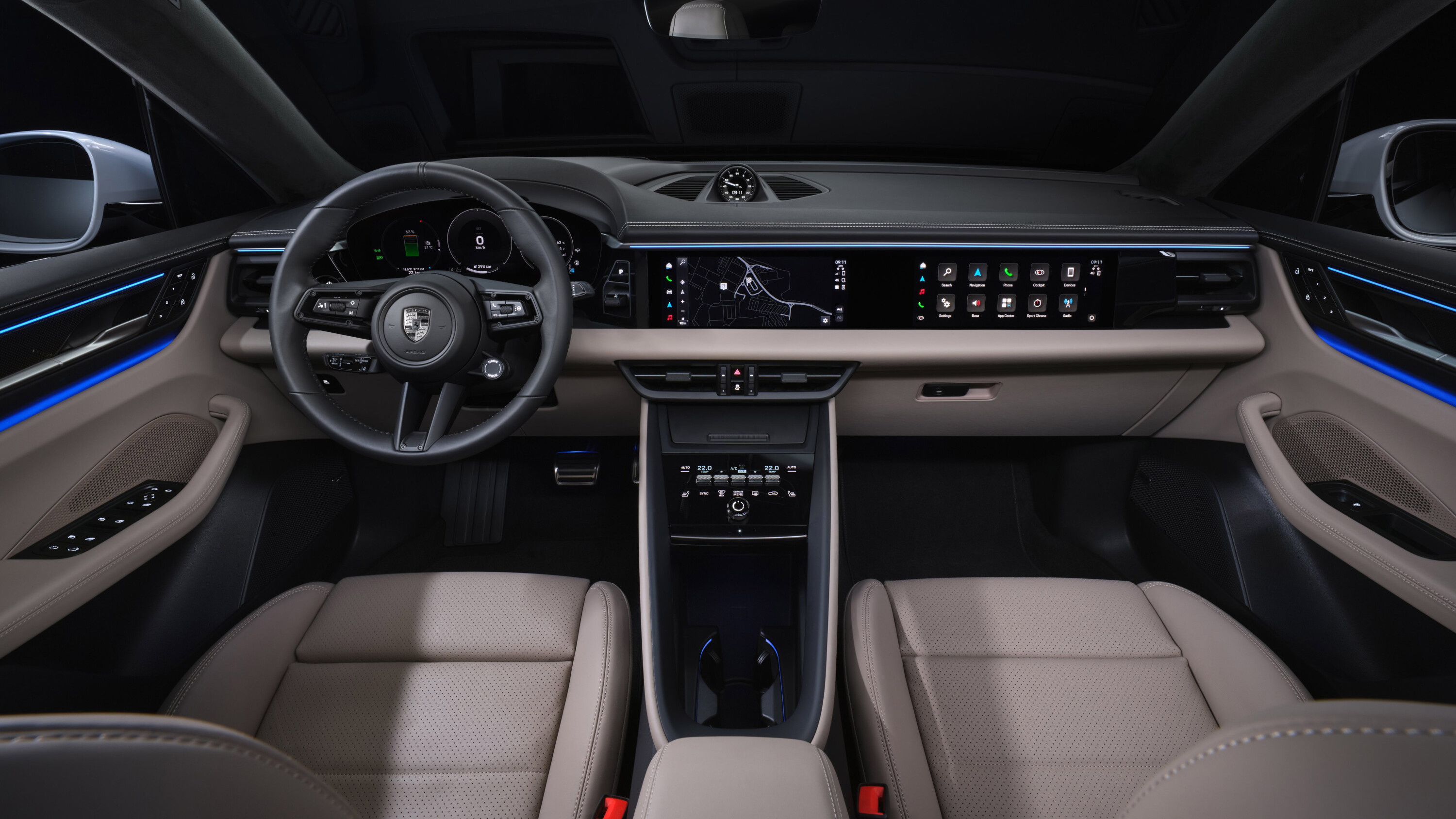
Pricing
Everything should be better in the new Macan, with a cutting edge electric drivetrain, more space, new looks, and enhanced suspension performance promised.
Everything except the price that is. The new base Macan 4 costs nearly the same as the old top-spec GTS, and the $188,100 Macan Turbo now matches the larger Cayenne S for list price.
| Variant | Price (before on-road costs) |
|---|---|
| Macan (95B) | $93,900 |
| Macan 4 | $133,700 |
| Macan GTS (95B) | $141,700 |
| Macan Turbo | $188,100 |
Porsche’s customers aren’t short on money, but it’s a gamble to change the price and powertrain recipe of its second best-selling vehicle so drastically – the Macan found 87,355 homes last year globally and the Taycan 40,629.
The Stuttgart-based marque rarely gets it wrong, though. And given the success of Taycan compared to Panamera last year, Porsche customers (at least globally) clearly aren’t scared of going electric.
We recommend
-
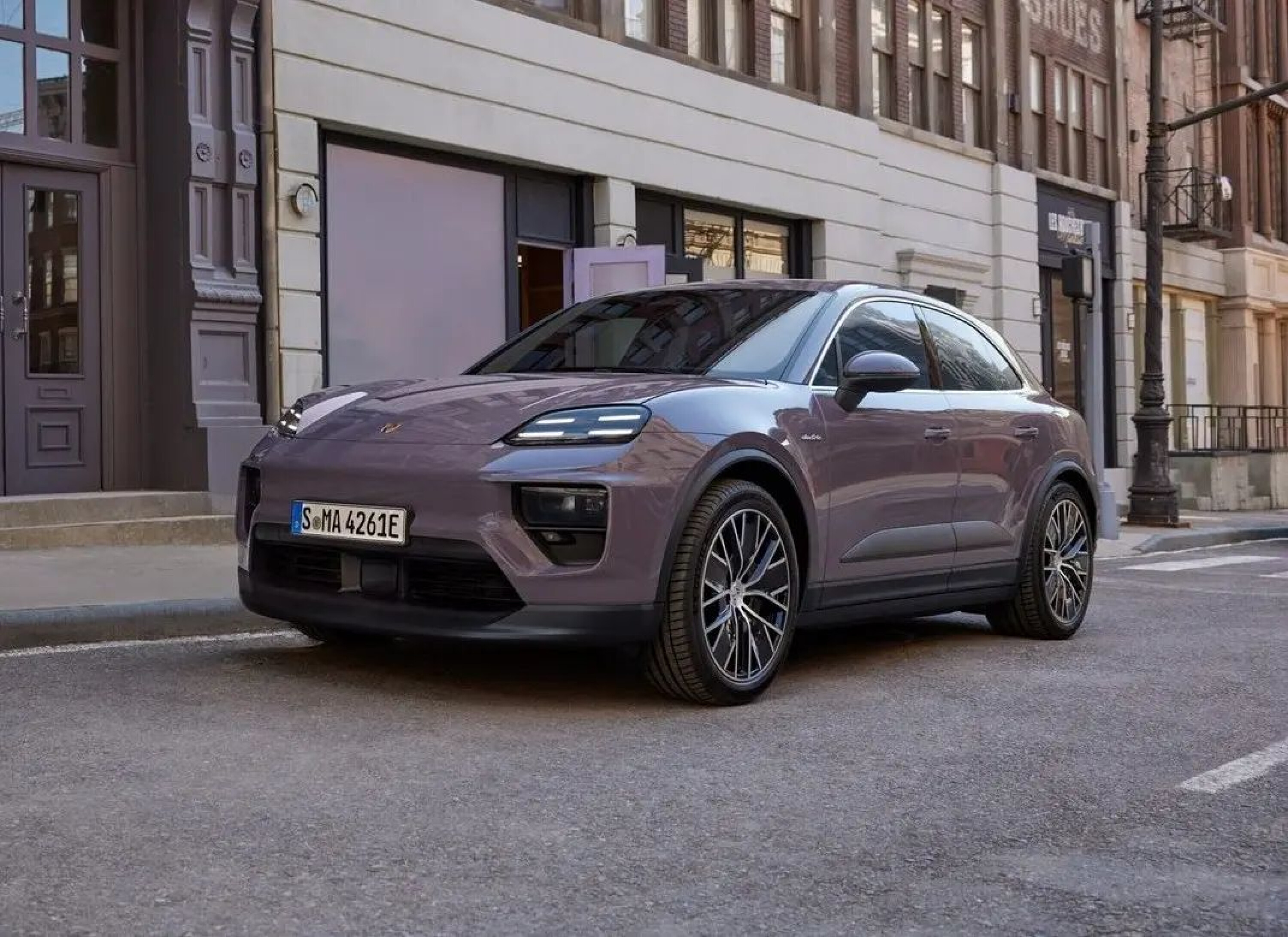 News
NewsLEAKED! This is the all-electric 2024 Porsche Macan
Porsche’s hot-selling small SUV boasts a fresh look and bigger dimensions
-
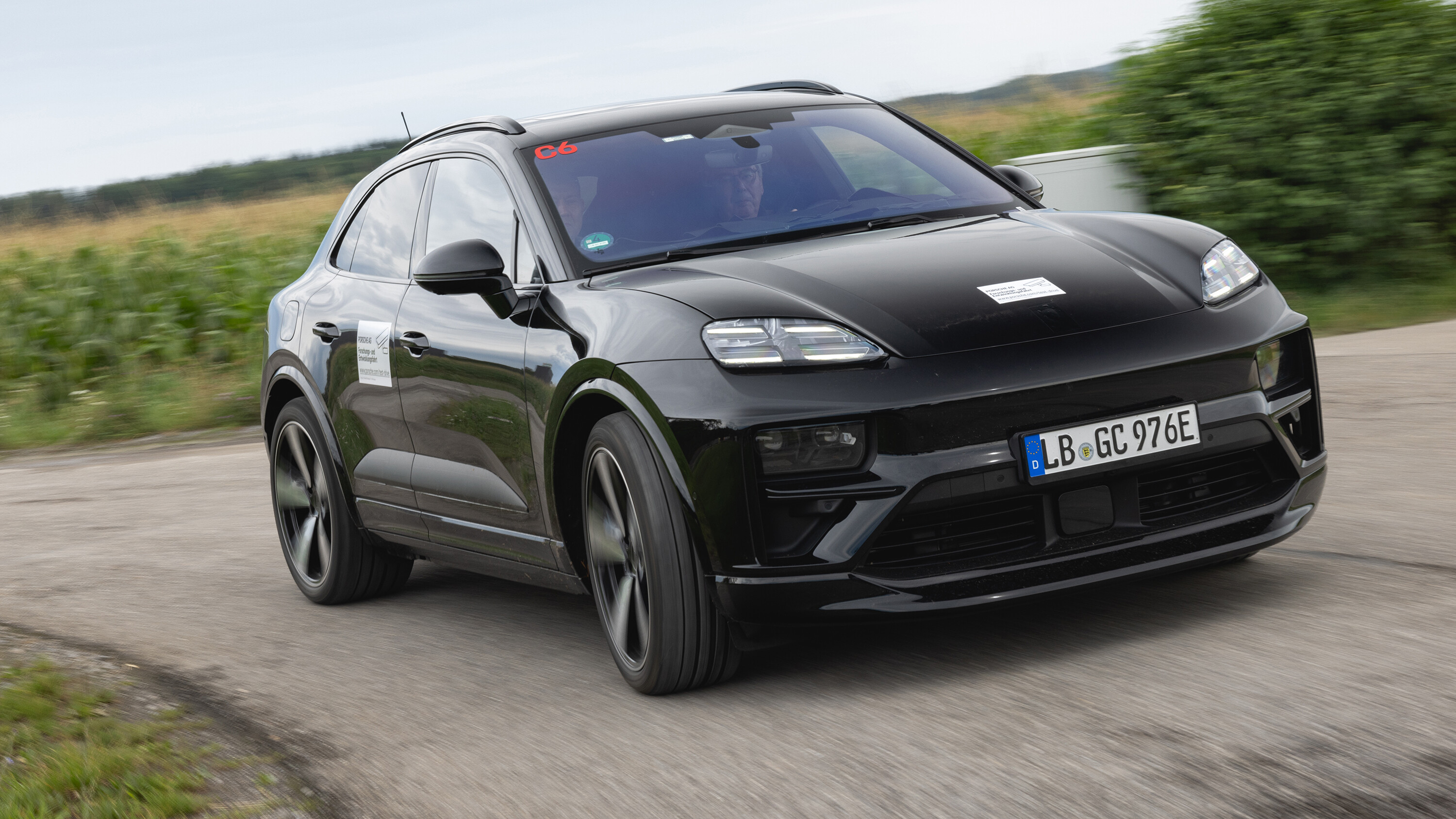 Reviews
Reviews2024 Porsche Macan E review: New electric Porsche driven
We’ve finally driven the long-delayed electric version of the Macan, and it’s better than the popular petrol SUV in many ways – though not all.


